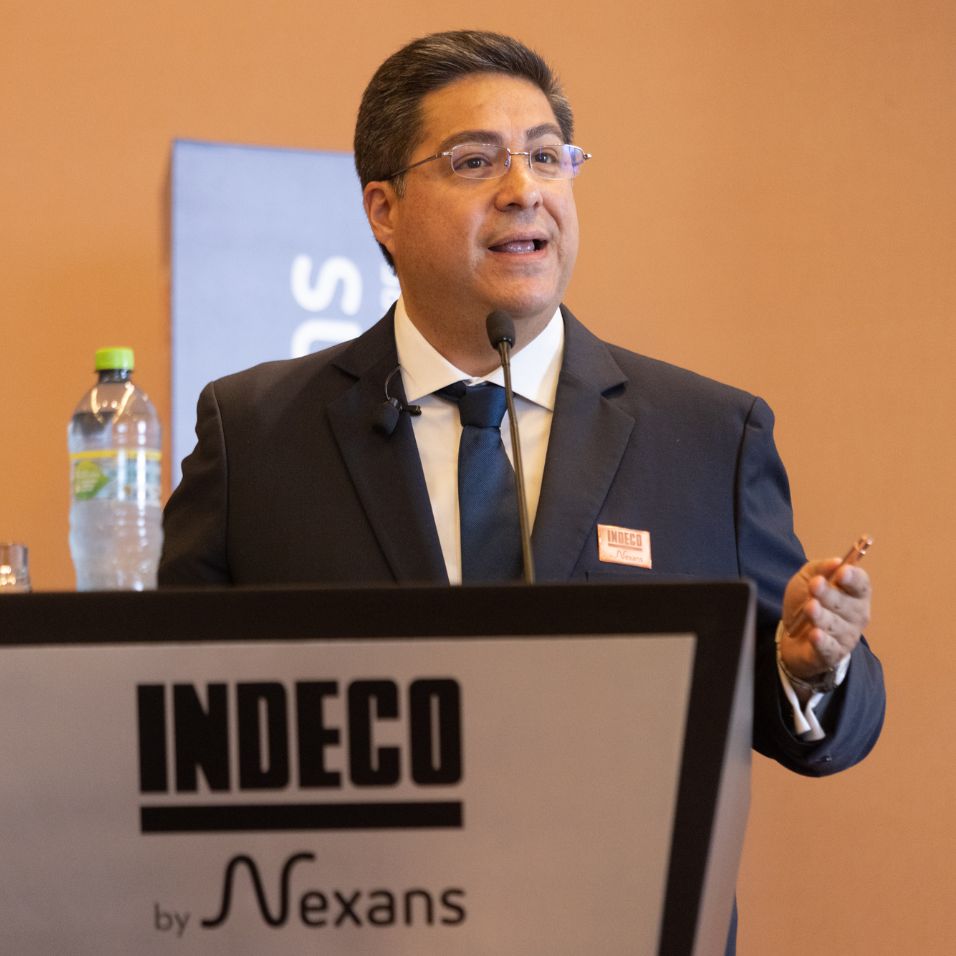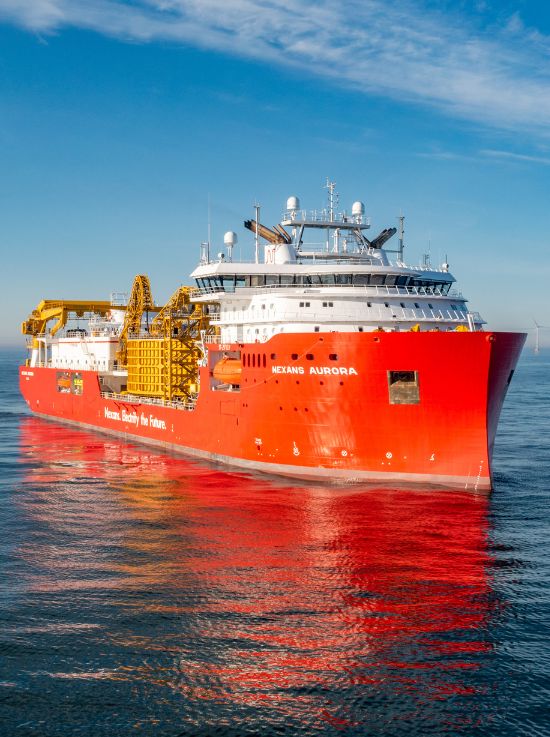If emissions targets are to be met, nearly everything that currently runs on fossil fuels will have to switch to electricity. As a result, demand for copper will grow at a rate never seen before in history.
That is why Indeco by Nexans, a leading electrical conductor manufacturing company in Peru, held the “Copper for Tomorrow” forum to discuss the role of copper in the new era of sustainable electrification and its importance in building a decarbonized economy.
Moderated by Journalist Jimena de la Quintana, the panel was comprised of industry leaders and experts such as Roque Benavides, Chairman of the Board of Directors of Compañía de Minas Buenaventura S.A.A; Julia Torreblanca, Vice President of Corporate Affairs of Sociedad Minera Cerro Verde; Beatriz de la Vega, Tax Consultancy Partner and Leader of Energy and Natural Resources at KPMG; and Alex García, General Manager of Indeco by Nexans.
Peru and Chile are responsible for 40% of global copper production, which is why Peru has an extraordinary opportunity to grow their mining industry as the demand for copper increases. Governments, companies, and communities all have the responsibility to work together and benefit the country as a whole.
Chariman of the Board of Directors, Compañía de Minas Buenaventura S.A.A
Julia Torreblanca commented that companies must prioritize the operational sustainability of their copper extraction if they want to be a responsible player across the entire value chain. Efficiency and commitment will translate from planning all the way to final sale. “While Peru is being asked to play a more active role, there is a need for policies that promote exploration in the country and for companies to focus on the distribution and transparency of timely information through innovative channels. The main objective is sustainability over time,” she said.
Furthermore, Beatriz Vega mentioned that the energy transition requires the automation of key processes, alignment with policies focused on corporate social responsibility, and digitalization of important data. In addition, optimizing human resources and taking advantage of business opportunities, such as entrepreneurship, will also improve efficiency. “There are regulations that must be complied with to continue working with copper. In Peru, businesses must allocate greater importance to climate change and sustainability, both of which will have a large economic impact in the long term.”
Expert Víctor Albuquerque, Director of Sector Analysis of APOYO Consulting, indicated that about 75% of the world’s copper consumption is destined for electric conductors and that the volume of copper used in electric cars will be the main impulse of demand in the long term.
Regarding the energy transition in Peru, he further stressed that the country will also need to adapt to the reduction of carbon emissions through power generation plants, such as the Punta Lomitas wind power plant, where Indeco by Nexans is in charge of the medium voltage network.

Companies in this sector are committed to anticipating the possibility that supply will not be able to meet demand and therefore, there must be a focus on the circular economy. As a group, Nexans has anticipated and adapted to the environment by focusing on recycling early on. In 2020, Indeco by Nexans recycled 135 tons of copper from what the same factory generated. Additionally, in 2021, 320 tons of cable was recycled.
This year’s goal is much more ambitious.
General Manager, Indeco by Nexans
Víctor Albuquerque said in closing that currently in Peru, 70% of residential construction is informal, so much of the effort should focus on the customer and keep educating those customers on the importance of climate change and sustainability.
Latest news
Demand for electricity continues to grow across Canada, posing several challenges that could significantly impact Canadians. That’s the biggest takeaway coming out of a gathering of climate change, sustainability and net zero experts in Toronto last week, who discussed Canada’s uncertain future when it comes to renewable energy and electrification.
At Change the Current: Together for Sustainability through Canadian Electrification, host and organizer Nexans Canada challenged industry to join the company to make decarbonization a priority, and to address the opportunities and challenges Canada has before it when it comes to electrification.
Key takeaways from discussions about global copper scarcity and the circular economy, carbon neutrality, and renewable energy are:
- Canada’s climate targets require a switch from fossil fuels to electricity coming from, renewable sources.
- Most products that use fossil fuels today will need to be electrified – vehicles, homes, offices, buildings, even planes, which will increase worldwide demand for copper. An EV requires about ten times more copper than a gas-powered vehicle.
- Copper is the backbone of electrification, however mined copper cannot meet anticipated demand. An industry-wide commitment to retrieving recycling copper cabling is required. This can be facilitated by designing products and buildings with end of life in mind so the metal can easily be recovered, recycled and reused (circular economy).
- It’s estimated demand for copper, one of the best conductors of electricity, will outstrip global supply in just two years. The U.S. is already consuming more copper than it is producing.
- Canadian copper can help address the impending global copper shortage and get Canada into the net zero grid race if industry’s commitment to retrieving copper is strengthened.
- Recycled copper is much more efficient in terms of greenhouse gas emissions than virgin copper.
- Outdated power utility infrastructure across Canada will be inadequate to support increasing demand for electricity, which is expected to more than double by 2050.
- Governance, administration and regulation of electricity systems are lacking.
- In general, existing electrical infrastructure are simply maintained, not expanded or upgraded for future demand.
- Some utilities are already implementing net zero into their planning function.
- Sophisticated stakeholder understanding and public engagement is essential in gaining support for investing in massive capital expenditures that will take Canada to 2050 and beyond.
Change the current
A morning of exploration about the impact we can make when we fight climate change. Together for sustainability through Canadian electrification.











